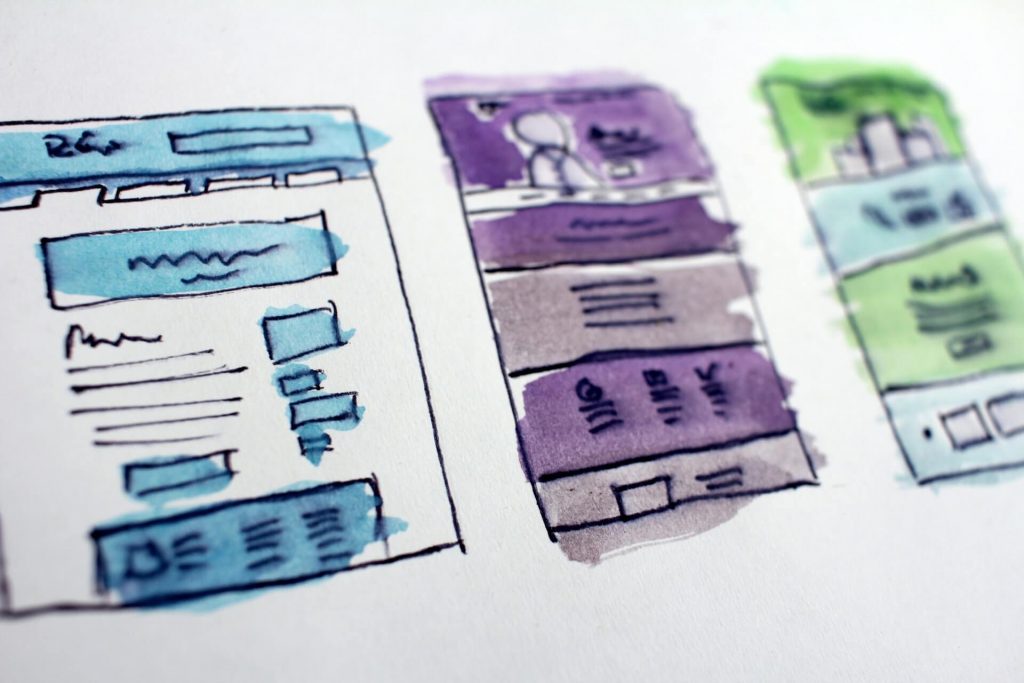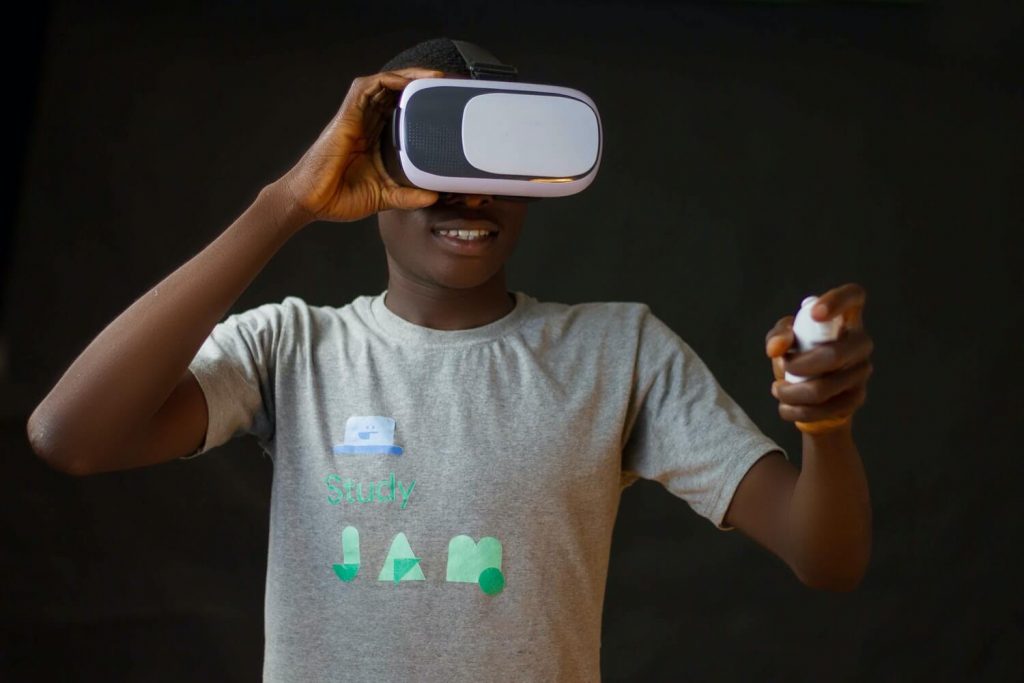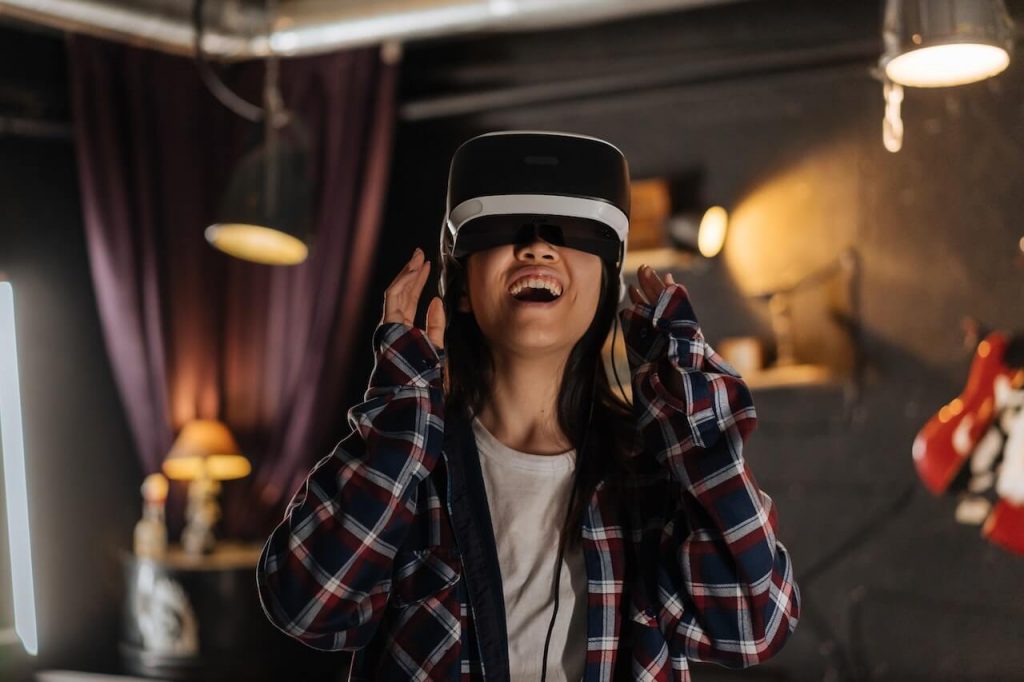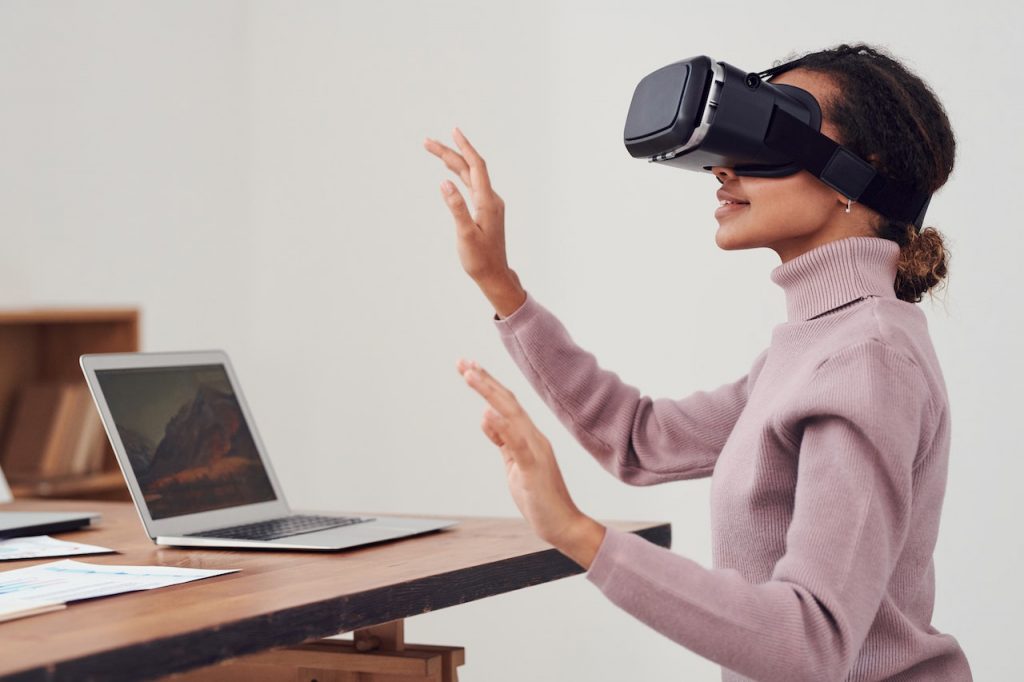VR technology has a vast array of uses in all fields of technology. It has the potential to revolutionize web design, internet browsing, experimental learning, advanced teaching strategies, gaming, and many other industries. Even though we can say it is still in its infant stage, we already see a glimpse of its bright future. But it begs the question, is virtual reality the future of web design? Answering the question with a simple YES is not good enough, so let’s take a quick look and the potential it has.
Browsing the web will be changed forever!
Industries interested in VR technology are fighting a tough battle to gain even a little bit of advantage over the competition. That makes perfect sense since virtual reality technology brings so many benefits.
Let’s just observe what web browsing will look like in the near future. There are already companies like IKEA and AUDI that have implemented VR as a part of their advertising process.
To give you an example, if you wish to purchase furniture or electronic appliances for your home, you can easily design the entire space with the help of a VR environment. You have the option to set the dimensions of your room, add or remove objects, and customize everything the way you like.
With that in mind, we are not that far away from having the option of virtually touring a hotel and all the rooms before booking one.
Best of all, this process does not require any downloads or installations on your end. Everything is embedded in the browser as a web app.
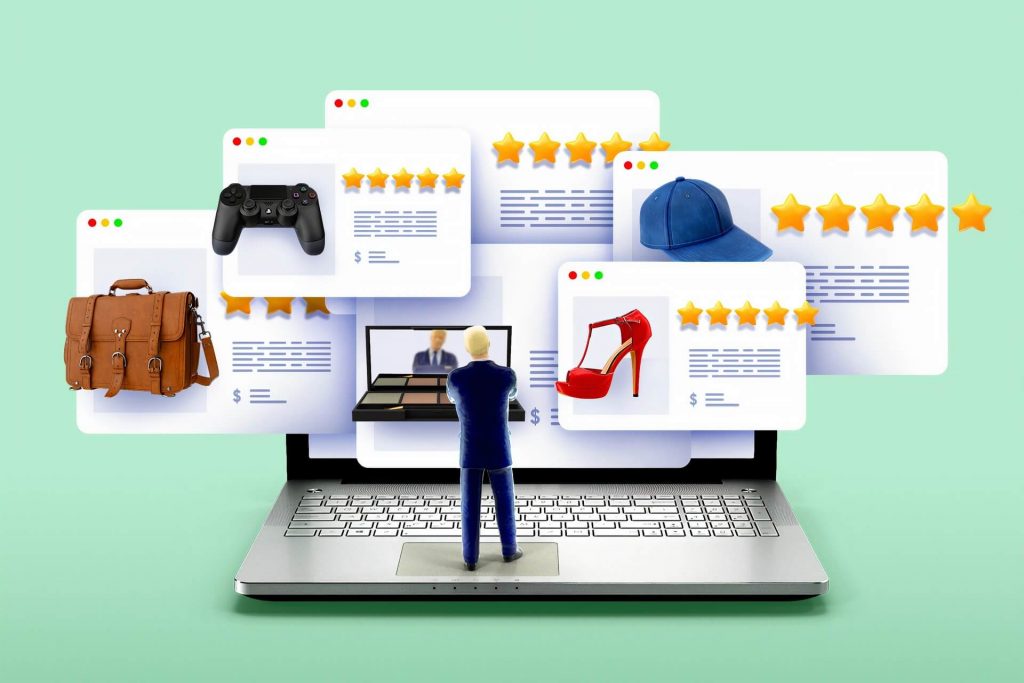
Virtual Reality – the learning tool of the future
If we know that VR technology can be implemented with the use of web design, imagine the impact it will have on the teaching and learning process. Educational technology will thrive!
Active learning is already becoming the go-to method for education, and VR technology is only going to improve the process, as it can make learning fun and more dynamic.
Furthermore, with the help of VR, many fields such as the medical industry or the military will be able to use web applications to put their applicants under otherwise impossible training conditions.
Performing an open heart surgery as a form of practice was not an option a few years ago. Now, with the help of virtual reality, it will become a requirement.
Workplace safety will be greatly improved thanks to the ability of VR to simulate various situations. In fact, many companies are investing in developing VR environments for safety awareness.
The impact of Virtual Reality on web design
If we look at how websites have progressed over the past decade, we can see substantial advancements. The first websites were mainly text-based, with many uses of tables and an array of bold and shiny colors.
Over time, web design has improved greatly. Websites are now based around galleries with beautiful images, parallax backgrounds, and simplistic design. People have realized that a minimalist approach has its perks and many are striving to create a website that fits into its boundaries. We are removing all the distractions and leaving only content of interest.
Once the VR technology improves even more and becomes an inseparable part of web design, we will witness a whole other approach to building websites. Visitors will have a full VR experience, and we won’t be too far away from browsing the Internet like Tom Cruise in Minority Report!
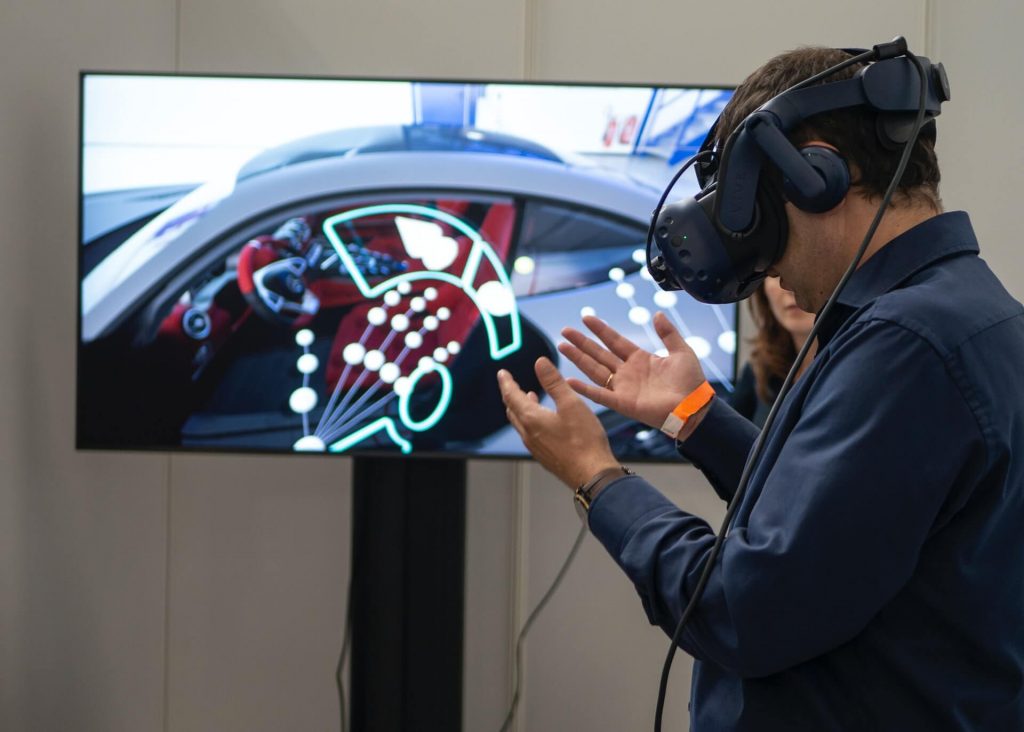
Different uses of VR to improve UX
UX and web design go together like salt and pepper. Building a website without thinking about the user experience is a recipe for disaster.
With that in mind, a web designer will have a few different approaches to choose from.
Emotion-based web applications
This approach is widely used in medicine to help patients reduce pain. Furthermore, it is also used in the military to help war veterans reduce stress and anxiety.
This emotion-based approach will become very popular. Everyone will have the option to use VR and visit a place with a calm atmosphere or to listen to and watch their favorite musician if they cannot make it to the concert.
Help visitors experience the rush of adrenaline
The most obvious use of VR in this manner is in the gaming industry. At the moment, if you want to play a VR game, you need a VR console and headset. However, web applications will offer similar experiences in the future. Sure, it will not be the same as playing a game, but you will have the option to visit any place on Earth, no matter how dangerous it is.
Obstacles and challenges of VR web design
To provide a full picture of the future of VR web design, we also must cover some downsides. Two of the main issues of VR web design are motion sickness and long loading time.
Motion sickness
I have played a large number of virtual reality games, and experiencing motion sickness for the first time is not pleasant. People who don’t play such games may not want to use the VR environment due to this issue. Motion sickness may cause nausea, and web designers will have to solve this problem.
Long loading time
The optimal loading time for a website is between 1 and 3 seconds. Anything longer than that, and the visitor may decide to close the browser and visit another website. For everyone who likes to browse the web at a fast pace, waiting for the VR environment to load may be a bit too much. VR experience will have to be extremely satisfying to compensate for the long loading timeframe.
Is virtual reality the future of web design?
With everything that I have covered so far, I can safely say that virtual reality is the future of web design. Besides having a few obstacles, the potential for learning and development with the use of VR in web design will open many doors. The digital transformation is happening at a very fast pace, and we can very soon expect to see a completely new approach to web design. The future is near!


